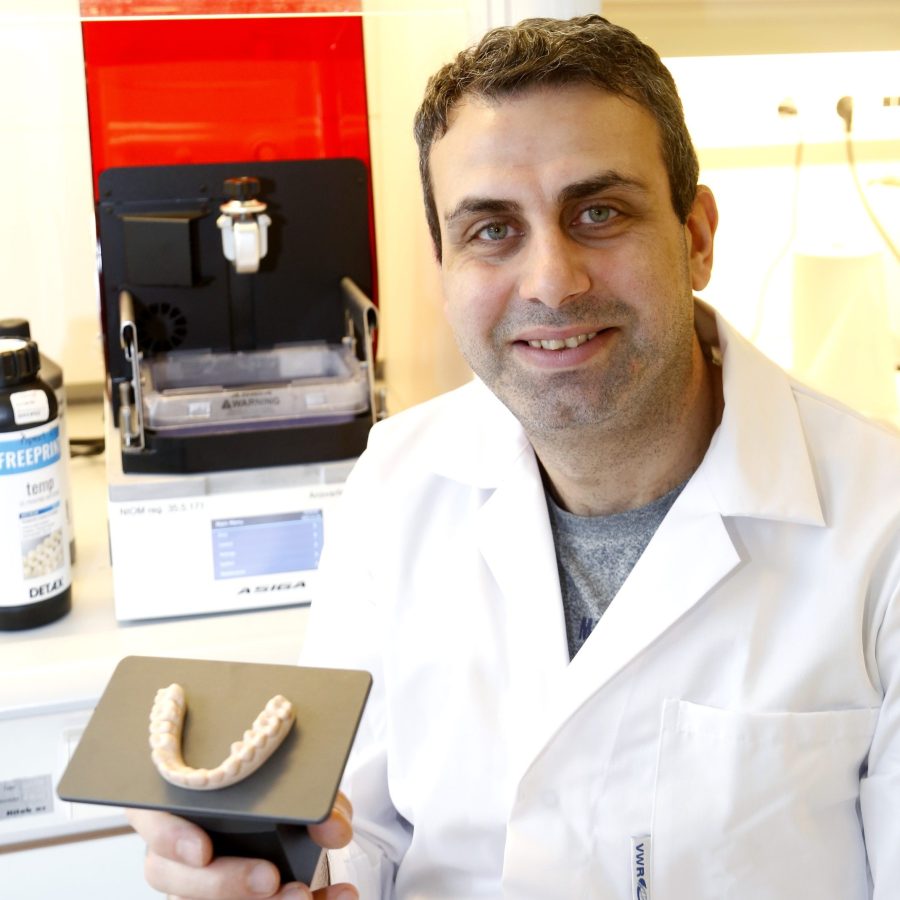Newsletter | January 2022
3D printing in odontology

Ida Stenhagen
Senior Scientist, PhD
Those who were able to attend the last IDF trade fair in Cologne, the year before the pandemic, saw 3D printers everywhere. There has been a steady growth in the use of 3D printing to produce resin-based appliances. In order to clarify the various 3D methods, NIOM’s Ida Stenhagen has written a review article.
3D printing is gaining popularity in the dental world.
– In the Nordic countries until now, 3D printing has mostly been used to produce models, impression trays, surgical guides and trial appliances, says Stenhagen.
Stenhagen’s article ‘3D-printing i odontologien’ gives us an introduction to 3D printing of resin-based materials: techniques, materials and applications. The possibilities are already many. Meanwhile new materials, printers and accessories are continually appearing on the market.
Stenhagen emphasises that the research world must perform independant studies on the new materials to help ensure they are safe and efficent.
– These new methods for producing medical devices for clinical use require close examination. We must undertake investigations – independently of the manufacturers – to ensure that the products attain a satisfactory quality. The new methods must provide a good alternative for the patient, notes Stenhagen.
In other words, in comparison with traditional methods, the new techniques must constitute an improvement.
In the article, Stenhagen focuses on printing with resin-based materials, and the methods DLP and SLA. In addition, she draws on discussions with dental technicians and dentists In Norway, Sweden and Denmark about the status of 3D printing with resin-based materials, to focus on our experience to date and expectation for future developments.

Pictured: NIOMs Dimitri Alkarra with a 3D-printed sample.
Photo by: Britt Krogsvold Andersen.
Reference
